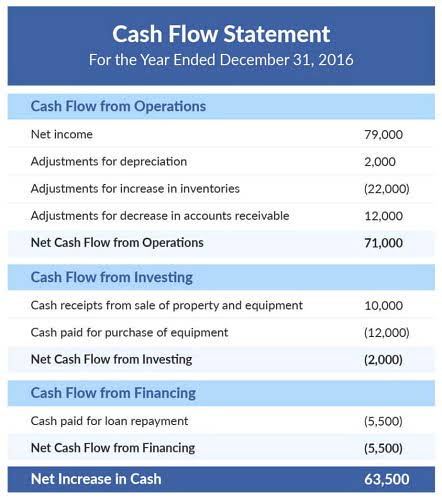
The process continued until the asset’s value reached the salvage value of $50,000. Depreciation and amortization, or the process of expensing an item over a longer period of time than when it was acquired, are calculated on a straight-line basis. It’s determined by multiplying the difference between an asset’s purchase price and its projected salvage value by the number of years it’ll be in use.
As a result, it’s important to monitor a company’s investments in PP&E and any sale of its fixed assets. Plant assets, also known as fixed assets, are any asset directly involved in revenue generation with a useful life greater than one year. Named during the industrial revolution, plant assets are no longer limited to factory or manufacturing equipment but also include any asset used in revenue production. Broadly speaking, an asset is anything that has value and can be owned or used to produce value, and can theoretically be converted to cash. In business, assets can take several forms — equipment, patents, investments, and even cash itself. Here’s a rundown of the different types of assets a business can possess, and the type of assets that are considered to be plant assets.
Why Do Plants Need Both Chloroplasts And Mitochondria?
IAS 16 Property, Plant and Equipment outlines the accounting treatment for most types of property, plant and equipment. The expected useful life of the machine is 7 years, and the salvage (scrap) value after 7 years will be $50,000. Buildings are assets that include any structure or facility that a business builds or owns on their property.
- Machinery refers to the hardware technology that helps a company to produce goods and provide services.
- In actual practice, it is not only difficult but impractical to identify how much of the plant assets have actually been used to produce business revenue.
- This means keeping equipment properly maintained, updating buildings, adding accessories to machinery, or advancing property in other ways.
- Industries or businesses that require a large number of fixed assets like PP&E are described as capital intensive.
- A plant asset is any asset that can be utilized to produce revenue for your company.
- The balance of the PP&E account is remeasured every reporting period, and, after accounting for historical cost and depreciation, is called the book value.
These resources are necessary for the companies to operate and ultimately make a profit. It is the efficient use of these resources that in many cases determines the amount of profit corporations will earn. Over time, plant assets lose value, and this decline refers to depreciation. Companies depreciate an asset by dividing its purchase cost throughout its useful life, i.e., until the asset benefits the company.
Related Resources
Technically speaking, anything that is used to make money that has both a useful life of more than a year and doesn’t directly become part of the product itself is a plant asset. In this lesson, we’ll look at examples of plant assets, as well what are plant assets how accounting for them requires special attention. Plant assets are important not only for the profits of a business but to their business accounting as well. Plant assets are recorded differently on a balance sheet because of depreciation.
Plant assets, except for land, are depreciated to spread their cost out over their useful life. Plant assets are initially recorded at cost plus all expenditures necessary to buy and prepare the asset for its intended use. In addition to the products described in paragraph 2(a), the Company also produces and sells a broad range of non-agricultural products and services. The IRS defines a REIT as an investment company that owns and operates a real estate asset that generates income from the sale or lease of that asset.
